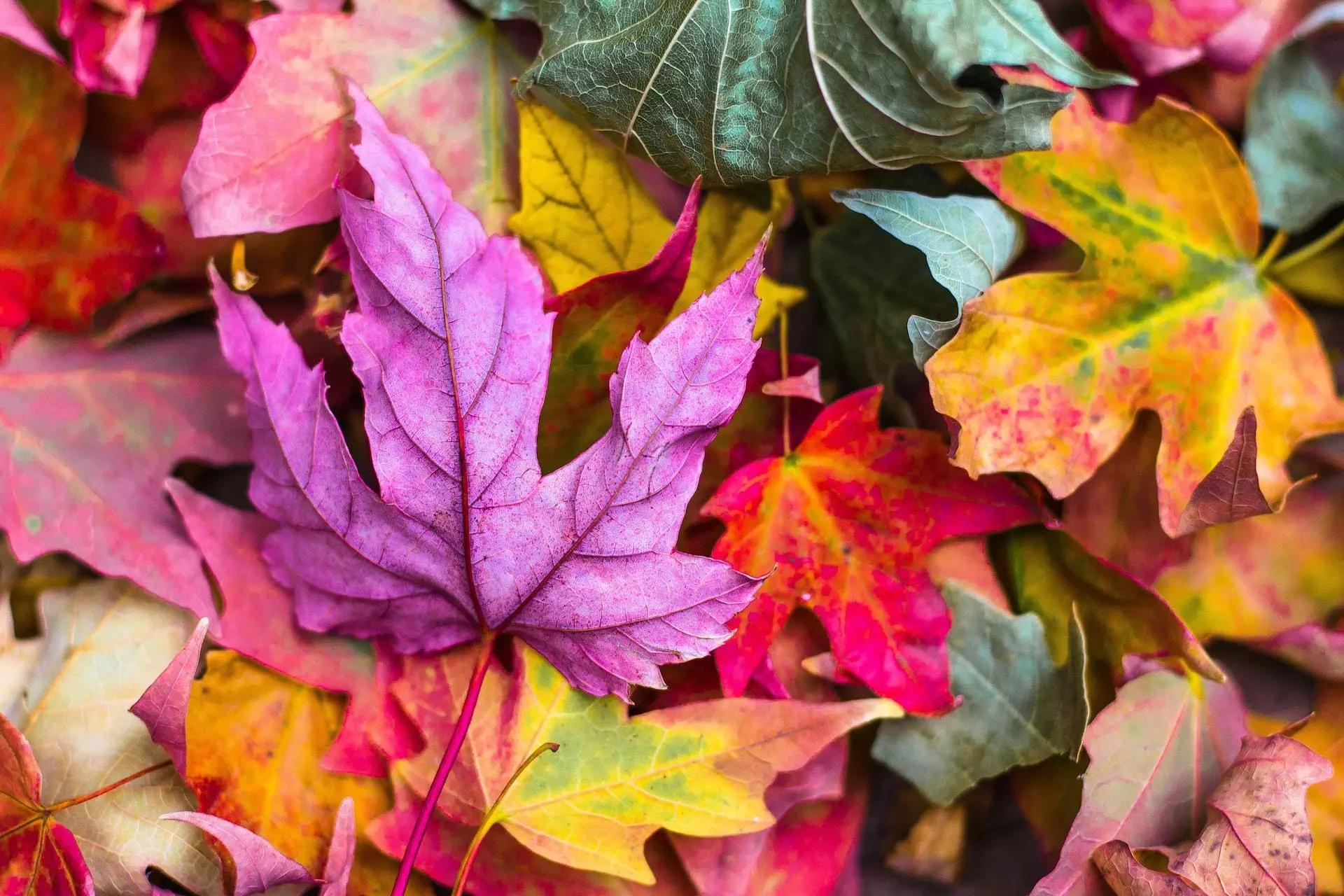-
 Art of Wellness Acupuncture & Traditional Chinese Medicine (TCM)11704 Wilshire Blvd, Suite 295, Los Angeles, CA, 90025
Art of Wellness Acupuncture & Traditional Chinese Medicine (TCM)11704 Wilshire Blvd, Suite 295, Los Angeles, CA, 90025
myartofwellness@gmail.com310-451-5522 Office Hours
MonClosedTue7:30 am --4 pmWed7:30 am --4 pmThu7:30 am -- 4 pmFri7:30 am -- 4 pmSat7:30 am -- 4 pmSunClosedOur office opens from Tuesdays to Saturdays 7:30 am to 4 pm, will be closed on Memorial day, Independent day, Labor day, Thanksgiving day, Christmas and New year.
-
Recent Posts
- How to Treat Rosacea With Acupuncture and TCM
- How to Treat Perioral Dermatitis With Acupuncture and TCM
- Lymphatic Drainage With Acupuncture and TCM
- How to Treat Turf Toe With Acupuncture
- How to Treat Nerve Pain With Acupuncture and TCM
- How to Treat Watery Eyes With Acupuncture and TCM
- How to Treat Ovarian Cysts With Acupuncture and TCM
- How to Treat Dystonia With Acupuncture and TCM
- Can Acupuncture Help Bad Breath?
- How to Treat Atopy with Acupuncture and TCM
- Plantar Fasciosis Treatment With Acupuncture and TCM
- How to Protect Yourself When Air Quality Is Poor
- How to Treat Spinal Headache With Acupuncture and TCM
- How to Treat Sarcoidosis With Acupuncture and TCM
- How to Treat Flu With Acupuncture and TCM
- Chinese New Year 2025 Year of the Snake
- Sign up to receive news and updates and get my free report:“The Top 10 Reasons to Try Acupuncture”

July 2025 M T W T F S S 1 2 3 4 5 6 7 8 9 10 11 12 13 14 15 16 17 18 19 20 21 22 23 24 25 26 27 28 29 30 31
Health WellNews
Fitness Routine Spring Cleaning
With warmer temperatures and longer days, it’s time to evaluate your fitness routine and give it a Spring overhaul. While we might find comfort in being creatures of habit, it’s important to frequently switch up your fitness routine for a few different reasons. One reason is to avoid hitting a fitness plateau. But how do you know when it’s time for a change? If any of the following apply to you, it might be time to freshen things up.

If your routine brings with it a sense of dread, it might be time to try something new. If you stop seeing results and you aren’t making any forward progress, then it’s time to make a change. If you feel unusually tired rather than energized after your routine and you watch the clock to count down the minutes, then you definitely need to switch things up.
Evaluation is Key
Before you just change everything up, make sure to take some time and evaluate your routine and how it relates to your fitness goals. Does your current routine challenge you? Do you look forward to your workouts or dread them? With Spring here, there are lots of options to explore to help you switch up your routine.
The first thing you can take advantage of with longer days and warmer temperatures is to take your workout outside. Sometimes a simple change in scenery is all it takes to snap out of a dull routine. Some cities offer classes in the park like yoga or aerobics or even an early morning fitness boot camp.
You also might consider registering for a running club or just register for a 5k or hiking challenge. And with longer days, you can get up earlier to work out before your day fully begins. And add a little variety to your routine by including some free weights, resistance bands, or Kettlebells. Sometimes, a new pair of shoes or yoga pants can provide just the right amount of motivation.
And if none of that works to infuse a little energy into your fitness routine, try a new class or take a lesson. Group fitness classes can provide you with a connection to a new community and new forms of movement. Take a golf or tennis lesson with family and friends. This can also be a way to get your friend group or family out for some fresh air and activity.
Whatever you decide to do, make sure that you enjoy it. If you dread your workout, then you aren’t going to reach your goals or enjoy the journey. If something isn’t working, don’t be afraid to try something new. Everyone’s routine and goals are different and as individualized as you are. Find the formula that works for you and don’t be afraid to make adjustments along the way.
Tips to Manage Fall Allergy Season
After such a scorching summer in much of the country, Fall is a welcome season bringing cooler temperatures, comforting food, and a gentle lead into winter. However, for many people, Fall also brings with it some severe allergies.

While most people may associate severe allergies with the Spring and Summer months when everything is in bloom, there are those who only suffer during the autumn. The main cause of Fall hay fever is typically weed pollen but, depending on where you are located, common fall allergens can include ragweed, sagebrush, burning bush, tumbleweed, and Russian thistle just to name a few.
If you suffer from these types of allergies, you are more than likely aware of days when pollen counts are especially high (windy and warm days). Rainy days are a welcome relief until the grasses dry and pollen counts soar once again.
A common Fall occurrence in many parts of the country is burning leaves after they fall from the trees. This is when mold can become a problem for those suffering from Fall allergies. When those piles of damp leaves are left alone to rot, mold can form and cause allergy sufferers all kinds of issues.
In some areas of the country, ragweed can cause problems from late August to mid-November. Ragweed thrives on warm days and cool nights and is found in every part of the country. As with most grasses, pollen counts are highest early in the morning.
Now that you know some of the more common Fall allergies, what can you do to make this season as painless as possible? It’s not realistic to lock yourself inside with nose spray and tissues but you can be strategic in your plan of attack to deal with the dreaded Fall allergy season. Here are a few tips to ease the burden:
- Make sure you are aware of pollen counts so you can limit your time outside during peak hours if possible.
- Use a HEPA filter and humidifier to keep airborne pollen levels manageable.
- Keep doors and windows closed, especially on days when pollen counts are high.
- Vacuum and dust regularly.
- Change clothes and take a shower after outdoor activities.
In addition to over-the-counter nasal sprays and antihistamines, check with your health care provider to discuss treatment options including acupuncture (which has a history of effectively treating allergies) and herbal remedies, as these are more natural options to dealing with Fall allergies.
Fall’s Best Comfort Food
One of the best things about the approach of Fall is the cooler temperatures that bring family recipes filled with warm comfort food. It’s no wonder Fall is often described as soup season. Hearty and warm soups filled with fall produce and rich broth bring warmth and comfort to family tables no matter where you live.

One of the most recognizable Fall vegetables must be pumpkin. But pumpkins aren’t just cute Halloween decorations. A quick search of the Internet will deliver dozens of pumpkin soup recipes right to your inbox. Here’s a favorite you may not have tried before: Pumpkin Soup with Coconut Milk. You can vary this soup recipe by choosing butternut squash as well and the addition of the coconut milk instead of heavy cream won’t be noticeable to most. Finishing it off with a healthy spoonful of plain Greek yogurt, chopped parsley and a drizzle of high-quality olive oil will have you going back for seconds and thirds! Making a double batch also leaves you extra to freeze and warm up later when time is short.
The prep time for this soup is approximately 30 minutes and the cook time is one hour and 35 minutes. This recipe will serve 8. And the roasting of the vegetables gives this soup a rich flavor you won’t forget.
Ingredient List:
- 1 large sweet potato
- 1 small pumpkin or butternut squash, peeled and cut into 1-inch cubes (shortcut: you can buy already cubed butternut squash in the freezer section of most grocery stores but fresh is best!)
- 3 large carrots, peeled and cut in half
- 2 large red onions, halved
- ¼ cup high-quality extra virgin olive oil
- 1 teaspoon of flakey sea salt
- ½ teaspoon ground allspice
- 1 pinch of white pepper
- 1 teaspoon ground nutmeg
- 1 teaspoon ground cumin
- 1 teaspoon ground coriander
- 1 teaspoon ground ginger
- 1 pinch ground black pepper
- 4 cups checking stock
- 2 (13.5 ounce) cans coconut milk
Directions:
- Preheat the oven to 350 degrees. Wrap sweet potato in foil and bake until soft, about 45 minutes
- While the sweet potato is roasting, place pumpkin, carrots and onions on a baking sheet. Brush with olive oil, sprinkle with salt, allspice and white pepper. Bake for 30-40 minutes until soft.
- Peel sweet potato and squash when cool enough to handle. Transfer to a large saucepan and add carrots, onions, nutmeg, cumin, coriander, ginger, salt and pepper. Stir in chicken stock and coconut milk. Bring to a boil; reduce heat and summer 20 minutes.
- Puree soup using an immersion blender or regular blender until smooth.
Serve warm with crusty bread and enjoy the tastes of Fall!
3 Tips to Keep Mentally Healthy in Fall
While many people embrace the approach of Fall, with its vibrant colors, cooler temperatures, and shorter days, others notice a dangerous shift in their mental health. For some, the decrease in temperature means more time indoors and that can have a negative impact on our physical and mental health. Here are three tips to maintain your mental health during the Fall.

Keep Your Vitamin D Levels in Check
It’s easy to get lots of Vitamin D during the warm summer months, but with shorter days comes fewer hours of sunshine which can translate to less time spent outside. This can make it increasingly difficult to get the Vitamin D you need.
Low levels of Vitamin D can cause a host of health issues so keeping your levels in check is important during the colder and sometimes darker fall and winter months. While you can increase your intake through diet changes, a Vitamin D supplement might be the most effective way to maintain your intake. The daily Vitamin D recommendation is 400-800 IU but some people need between 1000-4000 IU per day to keep levels in the right range. Make sure you talk to your health professional to see what is right for you.
The Importance of Sleep
The cooler temperatures of Fall can often bring the urge to hibernate or spend a little more time under those cozy blankets. But keep in mind that this could be disrupting your sleep patterns which can also bring about a host of health issues. The fewer hours of sunlight can also give the urge to stay in bed longer. Sleep experts recommend keeping the same bedtime and waking time throughout the week. Don’t let yourself sleep the weekends away! Use the cooler temperatures to your advantage as the body sleeps best in a cool environment.
Stay Hydrated
Believe it or not, we’re more likely to be dehydrated in the winter months. It makes sense if you think about it. It’s not as warm out so we’re less thirsty. Dry skin and a lack of energy might just be the keys to recognizing you’re dehydrated.
There are lots of ways to track your hydration including apps and fancy water bottles. You can also maintain your hydration through drinking herbal tea for a warm beverage during those cooler mornings and evenings. And you can incorporate foods with high moisture contents including apples, pears, celery, lettuces, cucumbers, butternut squash, and pomegranate among other options.
As you embrace sweater weather, embrace your mental health and make sure you are getting enough sleep, staying hydrated and keeping up with your Vitamin D. This can make all the difference in whether or not you enjoy a healthy Fall.
Cultivating Defensive Qi to Fight Summer Allergies
As the rebirth of Spring gives way to the long, hot days of summer, seasonal allergies may not go away with the change of season but might just shift to a new or more intense set of symptoms. These warmer temperatures can lead to even more pollen production which can lead to even harsher symptoms that Spring produced.

While Spring allergy season brings the pollen from the trees and flowers, summer is the time for grasses and weeds to release their pollen which then triggers a whole new round of sneezing, watery and red eyes. While pollen is still the main culprit, weeds like ragweed (the most common allergy because it can travel for hundreds of miles in the wind), sagebrush, tumbleweed, and pigweed to name a few will bring their own set of irritants. And grasses like Bermuda, blue grasses, sweet vernal and red top will also cause havoc for the sinuses. And don’t forget the increase in pet hair as pets shed to keep cool in the warm summer months.
And adding another layer of irritation is the insect bites that come from some of summer’s new residents like bees, wasps, yellow jackets, and fire ants. Dust mites also peak during summer and thrive in warm, humid temperatures.
Instead of just treating the symptoms of seasonal allergies, acupuncture goes to the root problem by rebalancing the body’s energy systems, enhancing the immune system, and helping the body to heal naturally. Your acupuncturist will go through a complete health history to help you determine the cause of the allergies and target meridians on the body including the lungs, stomach, spleen, and colon to circulate qi (a type of energy connected to immunity) and provide a defense against seasonal allergies. Stimulating certain acupuncture points on the body will lead to a restoration of balance and relief from the sometimes debilitating symptoms of seasonal allergies.
For a one-two punch in fighting your summer allergy symptoms, take the following precautions as you begin your acupuncture treatments:
- Limit your time outdoors when pollen counts, and smog levels are too high.
- Use an air purifier to keep pollutants at bay.
- Make sure you regularly clean air filters, vents, and anywhere pollen can collect.
- Wash your bedding and rugs in hot water so dust mites don’t have a chance to attack.
- Dust and vacuum often and use a vacuum with a HEPA filter.
- Wear a mask when cleaning and working in your yard.
Your acupuncturist may also develop an herbal formula to help you deal with your allergy symptoms. Herbs are a great addition to your treatments so talk to your acupuncturist about all your options. Don’t spend another groggy day suffering from your symptoms and the effects of the over-the-counter medications. Let your acupuncturist help you develop a safe and effective treatment protocol, so summer allergies don’t leave you hiding inside during these warm months.